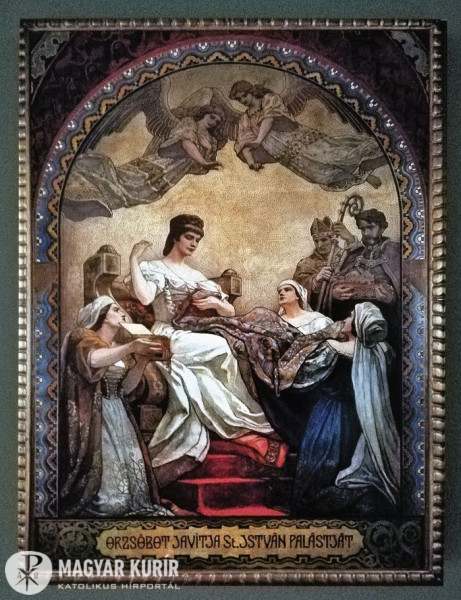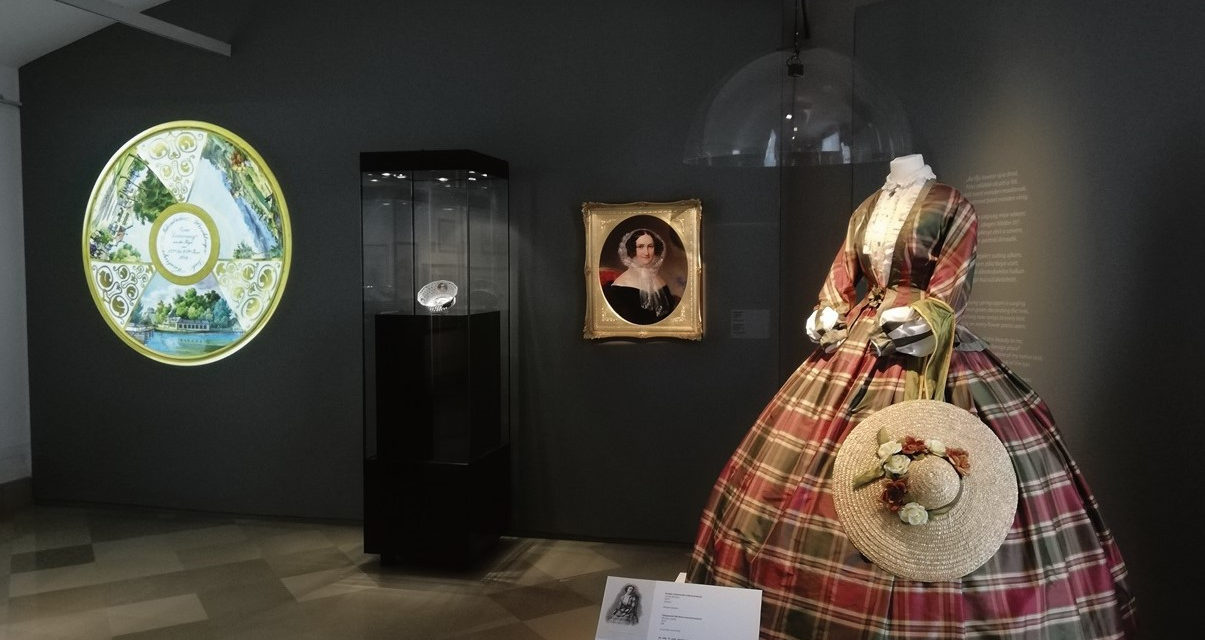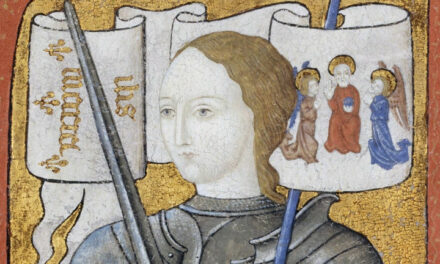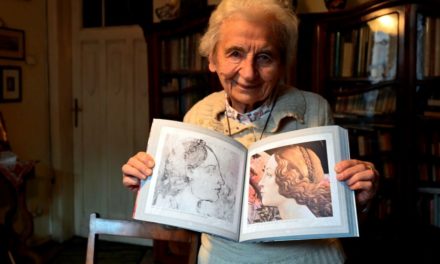A new exhibition has opened in the National Museum, which, in addition to numerous paintings and artefacts, evokes the figure of the Bavarian princess Elisabeth, Sisi, the later empress, as the main motif.
We can learn that he was born on Christmas Eve, which fell on a Sunday in the year of his birth, 1837, and a small tooth was discovered in the newborn baby's mouth. Based on these circumstances, great luck and an exceptional life path were predicted for the fourth child of Bavarian Prince Miksa and Bavarian Royal Princess Mária Ludovika.
His young years were spent in love thanks to his mother's child-centered thinking. Erzsébet, nicknamed only Sisi in the family, could have included a marriage that served the interests of the dynasty and, if fortunately, not completely emotionless, followed by child rearing and possibly charity. However, fate intervened and she became the wife of Ferenc József.
At the exhibition, we can see several excellent, colored photographs of the empress. Photographers captured her with a bouquet of roses or her favorite dog in Vienna or Munich. One of the most exciting shots depicts the entire royal family: Elizabeth can be seen with her husband and two children, Rudolf and Gizella, in the company of Archduchess Zsófia and other family members. Zsófia's husband, Ferenc Károly, sits on the far right, wearing a hard hat. The photograph was taken in 1859 in Vienna.

Source: magyarkurir.hu
Queen Elizabeth's continuing popularity is also shown by the fact that György Zala's beautiful statue is located at the foot of the bridge named after the queen in Budapest. His facial features were immortalized on sculptures, porcelains, and paintings. One of the most interesting works, which can also be said to be symbolic, is the picture "Erzsébet mending Saint Stephen's cloak", painted by Viktor Tardos Krenner and Dezső Kölber around 1910. A reconstruction of this can also be seen at the exhibition. After her tragic death, Elizabeth was not forgotten, rather a huge cult developed around her, and her respect continues to this day. Another interesting work of art is also on display. Ignác Roskovics painted the figure of Saint Elizabeth using the facial features of Queen Elizabeth for the pyrogranite decoration of the St. Stephen's Hall of the Budavári Palace. Boglárka Szentirmai created the digital version of the work for the reconstruction of the exhibition hall, which will be completed in 2021. A print of this also enriches the temporary exhibition of the National Museum.
Source: full article and image: magyarkurir.hu













